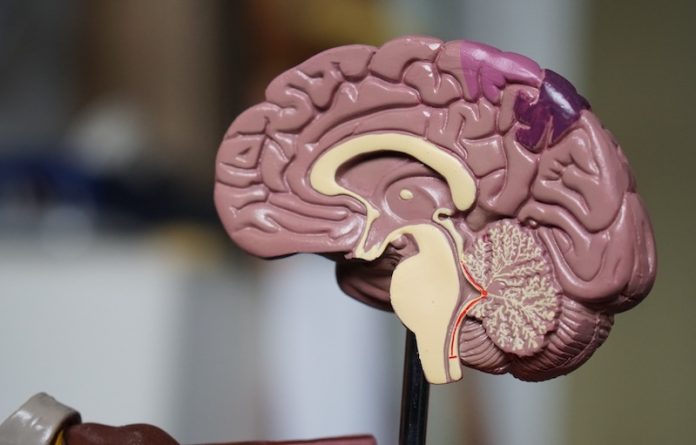
Alzheimer’s disease is a devastating neurodegenerative condition that affects millions of people worldwide. One of the key features of Alzheimer’s is the accumulation of abnormal protein deposits in the brain, including amyloid plaques.
These plaques are believed to play a significant role in the development and progression of the disease.
Researchers have been exploring various factors that contribute to Alzheimer’s risk, and a rare genetic mutation called TREM2 R47H/+ has emerged as a potent risk factor.
Microglia: The Brain’s Immune Cells
In the brain, there are specialized immune cells called microglia that play a crucial role in maintaining brain health. These microglia help clear harmful substances and respond to neuronal injuries.
Researchers have been investigating how the TREM2 R47H/+ mutation impacts the function of these microglia and contributes to Alzheimer’s disease risk.
Study Findings: Microglia Dysfunction and Alzheimer’s Risk
A recent study conducted by researchers at MIT’s Picower Institute for Learning and Memory sheds light on the connection between the TREM2 R47H/+ mutation and Alzheimer’s disease.
The study focused on human microglia with this mutation and revealed several deficits related to Alzheimer’s pathology:
Inflammation and Reduced Response: Mutant microglia were found to be more prone to inflammation and less effective at responding to neuronal injuries. This impaired response could hinder the brain’s ability to repair itself.
Debris Clearance: Microglia are responsible for clearing away cellular debris in the brain, including amyloid beta, a hallmark protein associated with Alzheimer’s disease. The mutant microglia were less efficient at clearing such debris, potentially leading to its accumulation.
Synapse Pruning: Microglia also play a role in maintaining the connections between neurons, known as synapses. When mutant microglia were introduced into the brains of mice, there was a significant reduction in the number of synapses. This could disrupt critical brain functions like memory.
Complex Nature of the Mutation: A Mix of Loss and Gain of Function
While the TREM2 R47H/+ mutation was initially thought to simply reduce the function of the TREM2 protein, the study revealed a more nuanced picture.
Mutant microglia displayed both a partial loss of function, such as reduced debris clearance and injury response, and a gain of function, including heightened inflammation and synapse pruning.
Implications for Future Research and Therapeutics
Understanding the molecular mechanisms underlying microglial dysfunction associated with the TREM2 R47H/+ mutation is crucial for developing potential therapies.
By pinpointing specific pathways affected by the mutation, researchers hope to identify new targets for intervention and treatment.
In conclusion, this study provides valuable insights into how the TREM2 R47H/+ mutation increases the risk of Alzheimer’s disease by impairing microglia function.
While much work remains, these findings contribute to our understanding of Alzheimer’s disease and may pave the way for future therapeutic strategies.
If you care about brain health, please read studies about vitamin D deficiency linked to Alzheimer’s and vascular dementia, and extra-virgin olive oil could boost brain function.
For more information about brain health, please see recent studies about antioxidants that could help reduce dementia risk, and strawberries could help prevent Alzheimer’s disease.
The research findings can be found in GLIA.



